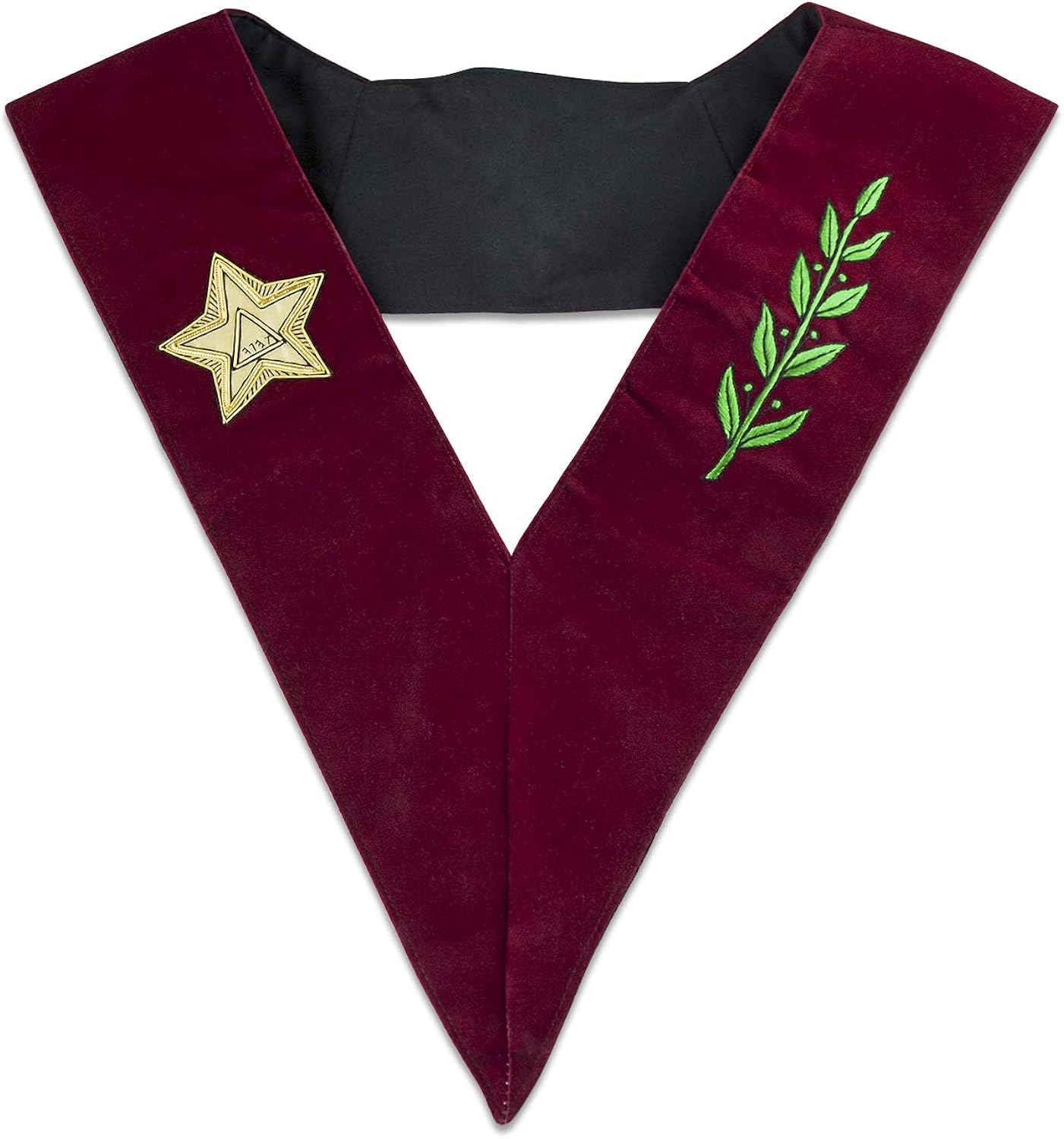Freemasonry is one of the world’s oldest and largest fraternal organizations, with a rich tapestry of history, symbolism, and ritual. Among the various degrees of Freemasonry, the 14th degree holds a special place, particularly within the Scottish Rite. This article delves into the history, symbolism, and significance of the 14th degree, shedding light on its role within the broader framework of Masonic philosophy.
The Origins of Freemasonry
Freemasonry traces its roots back to the late 16th to early 17th centuries, evolving from the guilds of stonemasons and cathedral builders in medieval Europe. Over the years, it transitioned from an operative craft to a speculative society, emphasizing moral and ethical lessons through allegory and symbolism.
The Structure of Masonic Degrees

Freemasonry is structured in a series of degrees, with each one representing a different level of knowledge and understanding. The three primary degrees are:
- Entered Apprentice
- Fellow Craft
- Master Mason
Beyond these foundational degrees, various rites and appendant bodies offer additional degrees, one of which is the Scottish Rite, where the 14th degree is situated.
The Scottish Rite and the 14th Degree

The Scottish Rite is one of the most well-known Masonic rites, comprising 33 degrees. The 14th degree, known as the “Grand Elect Mason,” is one of the pivotal degrees in this system. The degree emphasizes themes of personal integrity, moral responsibility, and the pursuit of knowledge.
Historical Context
The 14th degree was established in the 18th century, during a time when Freemasonry was flourishing in Europe and the Americas. The Scottish Rite itself was formalized in 1801, but its origins can be traced back to earlier Masonic practices and degrees. The degree’s history is intertwined with the Enlightenment, a period that championed reason, science, and individualism.
Ritual and Symbolism
The ritual of the 14th degree is rich in symbolism and allegory, reflecting the moral and ethical teachings of Freemasonry. Key elements include:
- The Altar: Symbolizes the sacred space where one seeks divine guidance.
- The Sacred Word: Represents the ultimate truth and the knowledge that Masons strive to attain.
- The Emblems: Various symbols, such as the compass and square, emphasize the importance of living a virtuous life.
During the degree, candidates are encouraged to reflect on their moral conduct and the impact of their actions on the world around them. The teachings promote a sense of duty to oneself, society, and the divine.
The Significance of the 14th Degree

The significance of the 14th degree extends beyond its rituals and symbols. It represents a crucial step in the journey of self-improvement and enlightenment that defines Freemasonry. Here are some key aspects of its importance:
- Moral Development: The degree encourages members to cultivate virtues such as integrity, honesty, and compassion.
- Intellectual Growth: The emphasis on knowledge and wisdom fosters a culture of lifelong learning among Masons.
- Community Service: Members are inspired to engage in philanthropic activities, reflecting the Masonic principle of helping others.
Case Studies: Real-World Applications

The teachings of the 14th degree have found expression in various community service initiatives undertaken by Masonic lodges across the globe. For instance:
- Scholarship Programs: Many lodges sponsor scholarships for deserving students, promoting education and personal development.
- Disaster Relief Efforts: Masonic organizations often mobilize resources during natural disasters, providing aid and support to affected communities.
- Health and Wellness Campaigns: Some lodges focus on promoting health awareness, organizing events to educate the public about important health issues.
Statistics on Freemasonry
Although precise statistics on Freemasonry are challenging to obtain due to the private nature of the organization, several estimates provide insight into its size and influence:
- As of 2023, there are approximately 6 million Freemasons worldwide.
- The Scottish Rite constitutes about 15% of the total Masonic membership.
- Over 1,000 Scottish Rite bodies exist globally, each conferring the 14th degree and other Scottish Rite degrees.
Challenges and Criticisms

Despite its noble ideals, Freemasonry, including the 14th degree, faces criticisms and challenges. Some common concerns include:
- Secrecy: The private nature of Masonic rituals can lead to misunderstandings and suspicion from non-Masons.
- Perceptions of Elitism: Critics argue that Freemasonry can promote an elitist mentality among its members.
- Religious Misunderstandings: The organization has faced accusations of being anti-religious, despite its emphasis on morality and spirituality.
The Future of the 14th Degree

As society evolves, so does Freemasonry. The 14th degree continues to adapt to contemporary values while retaining its core teachings. Initiatives aimed at inclusivity and community engagement are becoming increasingly important as the organization seeks to remain relevant in a changing world.
Modern Adaptations
Some Masonic lodges are incorporating modern themes into their teachings, such as:
- Diversity and Inclusion: Efforts are being made to welcome individuals from various backgrounds, fostering a more inclusive environment.
- Technology in Communication: Virtual meetings and online resources are being utilized to enhance communication and outreach.
- Community Partnerships: Collaborating with local organizations to address pressing social issues and promote civic engagement.
The 14th degree in Freemasonry stands as a testament to the organization’s commitment to personal and societal betterment. Through its rich history, profound symbolism, and emphasis on moral integrity, this degree serves as a crucial stepping stone on the path of enlightenment for Masons. As Freemasonry continues to navigate the challenges of the modern world, the teachings of the 14th degree will undoubtedly remain relevant, inspiring members to live virtuously, seek knowledge, and contribute positively to society. In summary, the 14th degree encapsulates the essence of Freemasonry’s mission: to build not only better Masons but also a better world.